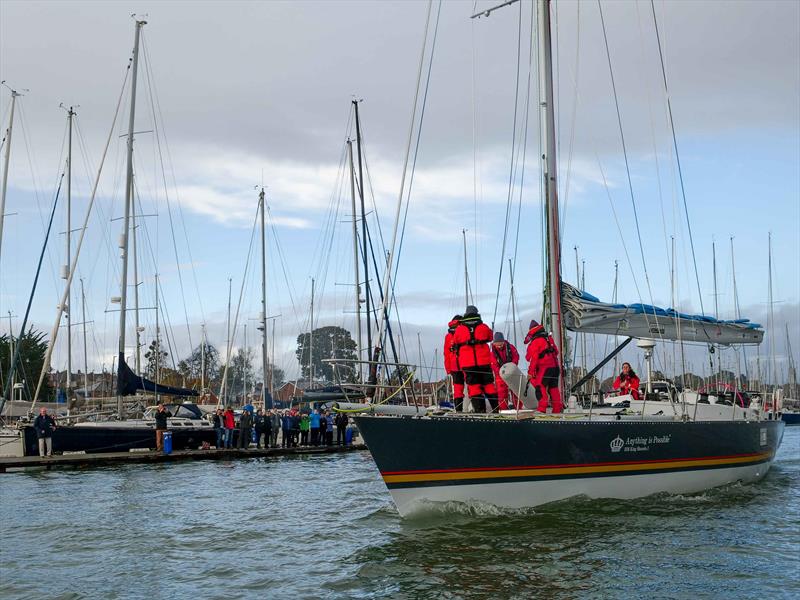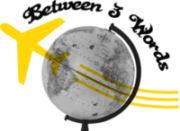I rarely remember a time when people ask me what I do, and my answer lights up the sky. I don’t blame them, it’s not exactly the most popular thing in the world. Usually it leads to yet another question, “What’s the difference between classical and electric guitar?” When all is said and done and I finally manage to clear a bit of the fog, then comes, “Wait, so that’s it?”Yes is the short answer, but it’s my responsibility to give a better one. Before I do, we’re gonna need to open our eyes, ears, and hearts for this one. If you want to understand me, you’re gonna have to understand at least a little of what I do. Sure you may be thinking, “Crap. Music. Completely over my head. I couldn’t even play chopsticks on the piano as a kid!” Awareness, it opens up the world. This is an invitation from me to you. I’m giving you stepping-stones into a performer’s outlook and viewpoint. Not to worry. Ready?

Don’t get turned off by the past.
In 1492 Columbus sailed the ocean blue, and Queen Isabella kicked out the Jews. The first part is a rhyme kids used to learn in school to remember when Columbus discovered America. In a very long-winded manner this is how the guitar was born. Skipping a few hundred years, there was a young Spaniard named Andrés Segovia. He made it his life mission to bring the guitar to the concert stage. Back then, it was believed the guitar was but a gypsy instrument* and it was impossible for one to become a virtuoso on this box of wood. People were turned off because it was associated with the lower class. It was all about violin and piano. Segovia made sure people know they were wrong and for the first time brought the Classical Guitar to the concert stage. He mesmerized thousands of people during his lifetime playing music from the annals of history and commissioning others to write music that would make it.
*If you have not been to Europe it is hard to understand why people have such problems against gypsies, that is yet again a long story. History is the answer.
Let’s go for a walk.
![]() Pretend you’re walking through a museum let’s say the Louvre, the MET, or the Prado. I know not everyone likes them, but regardless if you understand art or not, there is always something to appreciate. Skill is something everyone can perceive. Despite you nor I being painters nor sculptors we can still look upon the David statue or the works of Rembrandt with awe. When you come to see me (or anyone else) give a performance, even though you may not be familiar with Renaissance music, or even J.S. Bach (though you should), it’s my job to walk you through all the exhibits and even act as a tour guide. The crazy part is that as a musician I have to be adept at various styles showing my capabilities to interpret music of completely different eras for you. I have to learn to ornament and be improvisatory for Baroque and lyrical for Romantic. The crazier part is that because I’m solo, I have to pretend I’m an orchestra! I have to think “Is the bass loud enough? Is the melody coming through or is it choppy? Am I hitting the notes with the right amount of sweetness? What does the composer say?” That’s just a tiny fraction of the questions one needs to ask.
Pretend you’re walking through a museum let’s say the Louvre, the MET, or the Prado. I know not everyone likes them, but regardless if you understand art or not, there is always something to appreciate. Skill is something everyone can perceive. Despite you nor I being painters nor sculptors we can still look upon the David statue or the works of Rembrandt with awe. When you come to see me (or anyone else) give a performance, even though you may not be familiar with Renaissance music, or even J.S. Bach (though you should), it’s my job to walk you through all the exhibits and even act as a tour guide. The crazy part is that as a musician I have to be adept at various styles showing my capabilities to interpret music of completely different eras for you. I have to learn to ornament and be improvisatory for Baroque and lyrical for Romantic. The crazier part is that because I’m solo, I have to pretend I’m an orchestra! I have to think “Is the bass loud enough? Is the melody coming through or is it choppy? Am I hitting the notes with the right amount of sweetness? What does the composer say?” That’s just a tiny fraction of the questions one needs to ask.
The guitar is an orchestra seen through the other end of a telescope. – Andres Segovia
Essentially, each piece (song) or set of them I play on a concert program is essentially a museum exhibit. It’s my job to have the art properly framed and spiffy, but it’s also your responsibility to take a look, think, and appreciate. Like I said, you first need an open heart. Without one any work I do is in vain.
There’s more.
O![]() ne of the joys of being a musician is working with others. Sure it can be VERY difficult at times discussing different ideas on how to play a piece, and one of the best philosophical exercises there is. Starting my Sophomore year of college, I did my best to work with other people.Instead of only playing music that was already written, I asked a few composer friends to write music for me which allowed me to work with some amazing world class people. I asked my Mexican composer friend Luis (who also taught me Spanish) to write something for guitar and cello, and everything went onward from there. Guitar duos are a good way to play with your own “kind” and understand each other’s strengths and weaknesses, but when you work with orchestral musicians, you realize how much they can teach you whether it be about rhythm, reading, or working with others in general. Observing the way people from other fields do their thing is always a plus, which is why musicians go to museums and see plays. This week I spent hours in a museum observing paintings and live artists. Parallels abound from their world to mine. Definitely a post for another time.
ne of the joys of being a musician is working with others. Sure it can be VERY difficult at times discussing different ideas on how to play a piece, and one of the best philosophical exercises there is. Starting my Sophomore year of college, I did my best to work with other people.Instead of only playing music that was already written, I asked a few composer friends to write music for me which allowed me to work with some amazing world class people. I asked my Mexican composer friend Luis (who also taught me Spanish) to write something for guitar and cello, and everything went onward from there. Guitar duos are a good way to play with your own “kind” and understand each other’s strengths and weaknesses, but when you work with orchestral musicians, you realize how much they can teach you whether it be about rhythm, reading, or working with others in general. Observing the way people from other fields do their thing is always a plus, which is why musicians go to museums and see plays. This week I spent hours in a museum observing paintings and live artists. Parallels abound from their world to mine. Definitely a post for another time.
Wherever you are in life, my urge to you is to never stop learning. We all have that one thing we say, “I wish I could do.” Even if it’s not about something you want to do, but maybe you have a close friend but there’s a subject you can’t touch because don’t have anything to do with it, it’s up to you to build a bridge. Knowledge and passion are the stones you need get going. Awareness opens up the world.


